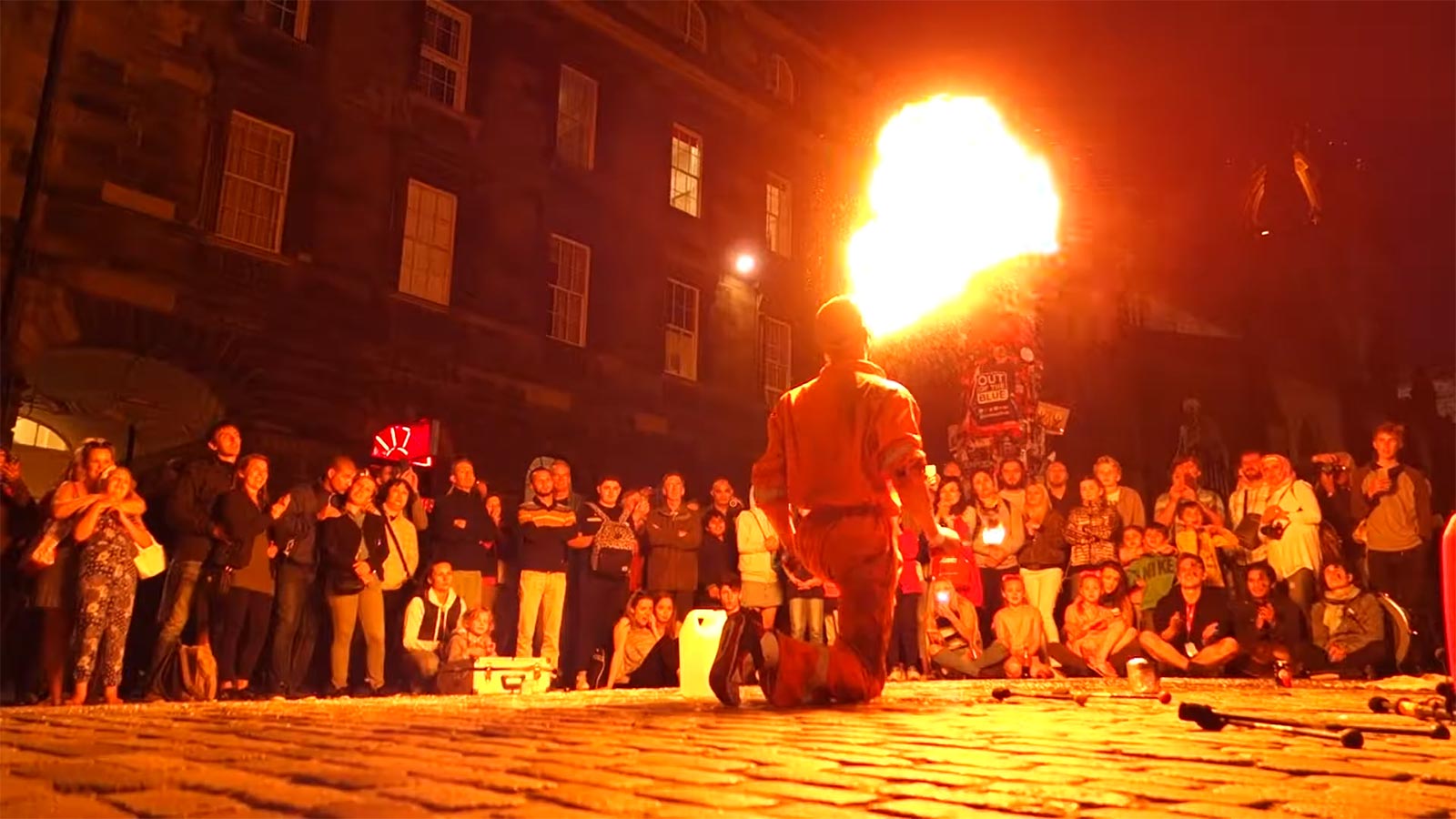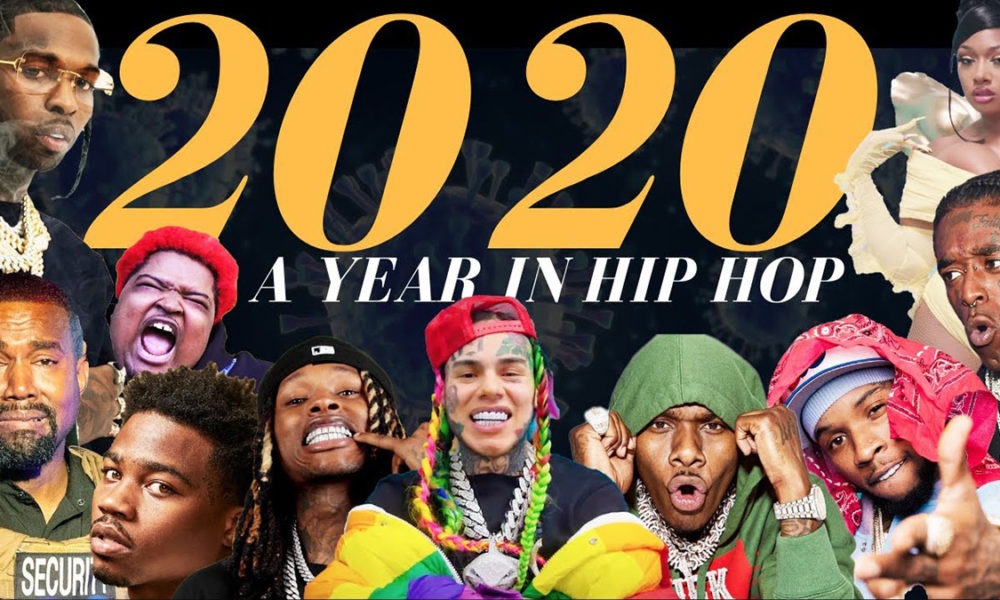Like many cities around the world, Montréal has embraced busking to generate a sense of friendliness and cultural vibrancy in the city.
Once a marginal practice that thrived on the urban fringes, busking now lends identity to places like public squares, street corners and subways. It is often argued that it creates safe, fun and inclusive spaces in the city.
But how do buskers see themselves in this new political economy where culture is expected to drive economic growth?
In oral history interviews done for my doctoral research, longtime street performers in Old Montréal — a popular site for busking — reflected on their sense of displacement and exclusion from urban spaces at a time when Montréal is branding itself as a cultural metropolis.
‘We have always been here’
The first time I met Eric Girard, he was standing atop an ornamental watering trough for horses in the middle of Place Jacques-Cartier in Old Montréal. He said he was getting a feel for the crowd to decide whether it was time to start the show.
But now the city determines where, when and how often Girard can perform in the square. In Montréal, where busking season lasts roughly 10 to 12 weeks, these measures are hurting buskers’ ability to earn a decent income.
Girard, a sword juggler and fire breather, told me Place Jacques-Cartier has long been a place for busking. “We have always been here,” he said.
Musicians, circle performers, street artists and artisans regularly jostle for space in summer at the square. Lined with restaurants, ice cream parlours, historical monuments, 19th-century buildings, cobbled streets and open spaces for sauntering, it’s an ideal place to be.
The borough of Ville Marie issues permits for buskers to perform at specific spots. With the latest regulations and the emergence of spaces such as Quartier des spectacles and open-air event venues, Girard feels the city is “getting rid of the proper busker.”
“There’s always a festival, or something. And when there’s nothing, they’ll put like a wall or something,” he said, while talking about the city’s new cultural district. He also pointed out that events such as the Jazz Festival organize and hire their own street performers.
On a fairly good day, Girard’s circle show would see a couple hundred people in attendance. Once a regular performer in Old Montréal, Girard now spends very little time at the square.
‘I make small money’
“Real street performing is ‘go stand in the corner right there, now,’ and I do a little something and I get a little bit of money,” says Peter Snow, a magician and escape artist.
After over 30 years of street performing, a disappointing 2019 season and the COVID-19 pandemic, Snow decided not to return to busking in Old Montréal.
The larger festivals where buskers were hired and made “five times more” than him, wouldn’t accept him, he asserted. “Me, I make small money,” he said, also noting that they didn’t get invited to festivals “because we are considered a bit wild, OK, and they want safe people.”
While Snow did not appear to be too upset about being excluded from festivals, he was annoyed by the online platform and lottery system at Place Jacques-Cartier. It took away his autonomy in determining time of performance, which he thought was central to the practice.
‘Ma vie va être dure’
As much a spatial practice as creative, busking depends on improvisation in place, and regulating it too much can prove to be discouraging. Susana Martinez, a flamenco dancer at the square, explained that if a weekend was particularly unlucky due to weather, she could lose her only spot because of the new regulations.
Martinez expected that the crackdown and the rules were going to make her life difficult. “Avec la répression, avec ces règlements, ma vie va être dure,” she said.
In the early 2000s, Martinez worked in the Old Port until the port authority decided to ban entertainers and musicians. She said some of the noise complaints made against buskers were actually the fault of festivals with large stage speakers pointed towards the city. Martinez also spoke at length about how she and other local buskers were mistreated while the city welcomed new and outside talent.
Beyond a sense of exclusion and displacement and shrinking spaces for busking in the city, the imposition of city regulatory practices disrupt community at the square.
Montréal’s logic is to draw new and outside talent to the city in hopes of encouraging economic revitalization. But these “digital solutions” and flexibility can negatively impact those who find themselves relatively less mobile, without professional training and who have been performing in the same space for years.
Written by Piyusha Chatterjee, PhD candidate, Individualized program, Concordia University
This article is republished from The Conversation under a Creative Commons license. Read the original article.




